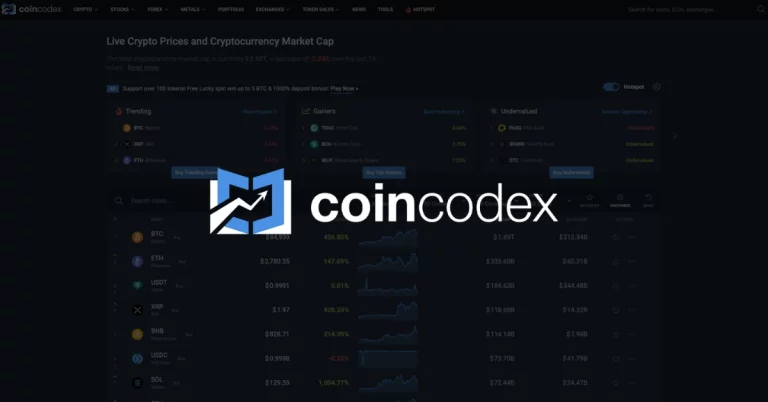
Pi Network’s Strategic Push into GameFi
As the blockchain space continues to grow, the Pi Network is making bold moves to solidify its presence in Web3 gaming. By partnering with CiDi Games, a promising developer, Pi Network is strategically enhancing the practical utility of its native Pi Coin ahead of its official European trading debut. This exciting collaboration aims to position Pi at the forefront of the GameFi revolution, blending casual gaming with decentralized finance.
What’s Behind the CiDi Games Partnership?
Announced on November 26, 2025, the partnership introduces CiDi Games as a core developer within the Pi Network ecosystem. Combining Pi’s global community with CiDi’s development capabilities, the two aim to create a diverse portfolio of Pi-integrated Web3 games. From lightweight HTML5 titles scheduled for Q1 2026 to robust APIs for easier integration with third-party studios, the roadmap is ambitious. These developments mirror the success of blockchain gaming leaders like Axie Infinity and Decentraland.
While CiDi Games is yet to prove its track record—its website currently offers sparse details—Pi’s investment arm has taken an equity stake in the company. This move signals confidence in the partnership, with gaming identified as a way to drive significant transaction growth within Pi’s ecosystem. As analysts point out, casual games attract sizable audiences and can exponentially boost on-chain activity.
Web3 Gaming: A Natural Fit for Pi Network
The appeal of Web3 gaming lies in its simplicity, accessibility, and potential for mass adoption. This dovetails perfectly with Pi Network’s strategy to foster a social, interactive ecosystem powered by blockchain technology. By offering engaging games, the network aims to increase global user participation, build community loyalty, and strengthen Pi Coin’s position as a utility token. Imagine games that reward users directly with Pi Coin for achievements—it’s a model built to scale.
For blockchain enthusiasts eager to explore gaming ecosystems, products like the Razer Blade 16 Gaming Laptop offer excellent performance for testing immersive Web3 games. This type of investment allows gamers to engage seamlessly in upcoming platforms like Pi-integrated titles.
EU Market Entry and Sell Pressure Dynamics
In October 2025, Pi Network published a white paper aligning with MiCA regulations, paving the way for official trading on Malta-licensed exchanges. Anticipation builds as November 28 marks the launch date on platforms like OKX and OKCoin. However, alongside the positive momentum, market data reveals rising sell pressure. November’s unlock schedule released 145 million Pi coins, with December slated for a record 173 million. Despite these figures, Pi’s total circulating supply still remains limited compared to the 71 billion tokens held by Pi Core Team wallets.
Analysts are closely watching whether the adoption of GameFi and the EU trading launch can counterbalance the increased supply. Daily trading volumes hover around $30 million, and while institutional adoption grows—evidenced by the Valour Pi ETP in Sweden—exchange balances have surged to 430.8 million Pi, signaling potential challenges ahead.
The Road Ahead for Pi Network
While challenges like sell-side liquidity loom, Pi Network’s consistent efforts to innovate within Web3 gaming and comply with higher regulatory standards position it as a project to watch. By tapping into the potential of casual gaming, Pi Network not only strengthens its ecosystem but also presents an opportunity for new users to engage with cryptocurrency in an approachable, entertaining way.
Whether you’re a gamer, investor, or curious blockchain enthusiast, the Pi Network ecosystem promises to merge innovation with powerful user engagement. Ready to take your gaming experience to the next level? Equip yourself with top-tier tools like the Razer Blade 16 Gaming Laptop or discover how Pi Coin could redefine in-game currencies in the near future.



